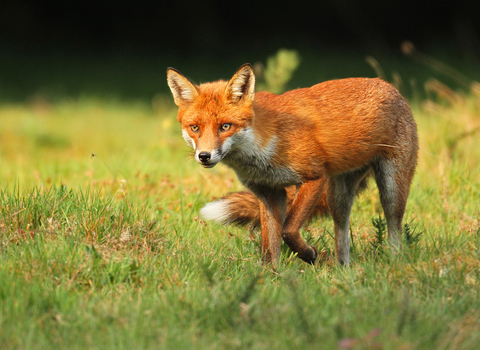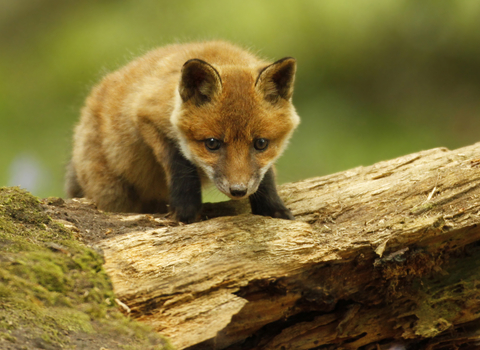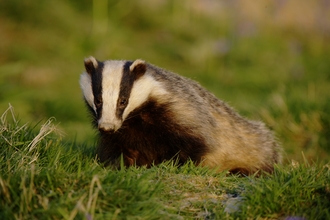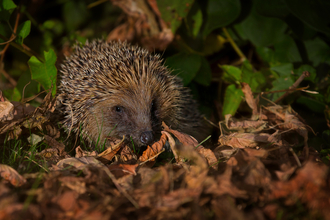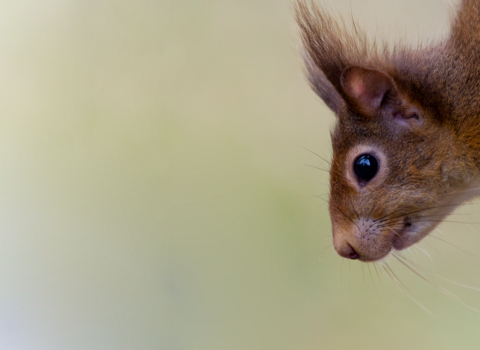Red fox
Famed for their cunning and stealth, these orangey-red dogs with their bushy tails can be seen in towns and the countryside. They come out mostly at night but can also be seen during the day if you’re lucky!
Scientific name
Vulpes vulpesWhen to see
January to DecemberSpecies information
Category
Statistics
Length: 62-72cmTail: 40cm
Weight: 5-7kg
Average lifespan: 2-3 years
Conservation status
Common.
About
The red fox is our only wild member of the dog family. They are not fussy eaters and will happily munch on small mammals, birds, frogs, worms as well as berries and fruit! Foxes that live in towns and cities may even scavenge in bins to look for scraps. A male fox, called a dog makes a barking noise whereas the females, called vixens make a spine-chilling scream sound.How to identify
A medium-sized dog, the red fox is orangey-red above, white below, with black tips to the ears, dark brown feet and a white tip to the bushy, orange tail (known as the 'brush').Distribution
Widespread, but absent from the Channel Islands, the Isles of Scilly, Scottish islands and the Isle of Man.Did you know?
Red foxes live in a burrow system called an 'earth'. They scent-mark their territorial borders with urine, creating a very strong, recognisable odour. They also have scent glands on their feet to mark well-used trails so they can follow them easily at night.Watch
Red fox (https://vimeo.com/642314996)
John Bridges
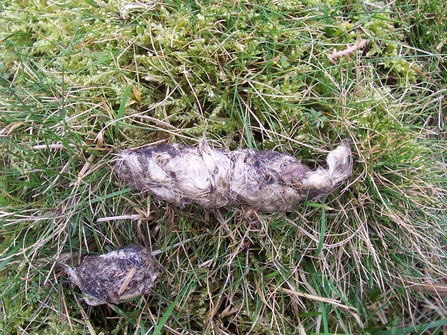
Fox scat ©Sue Crookes
Fox poo
Foxes produce dog-like droppings that are usually pointy at one end and full of fur, feathers, tiny bones, seeds and berries. In rural areas, fox poo is quite dark, but in urban areas, where foxes eat human food waste, it can be lighter. Fresh droppings have a distinctively musky or ‘foxy’ smell.
How to identify wildlife poo

